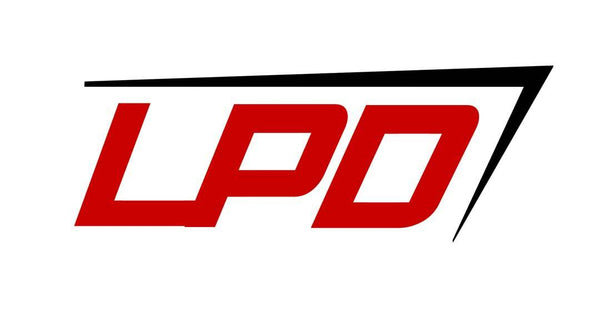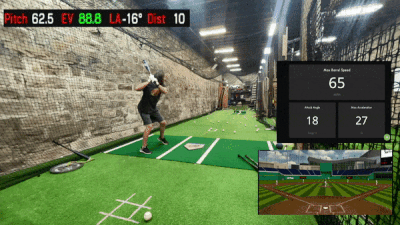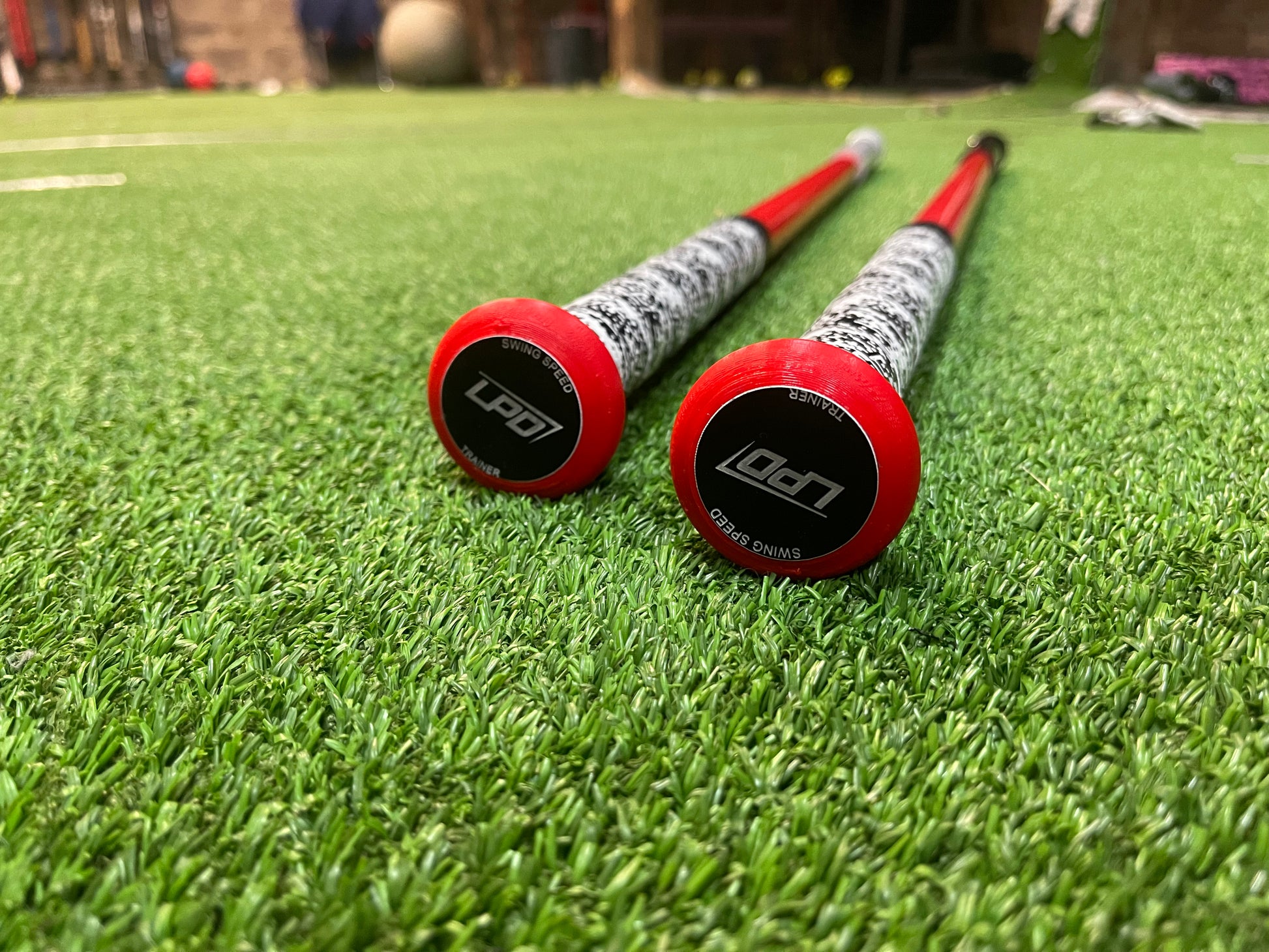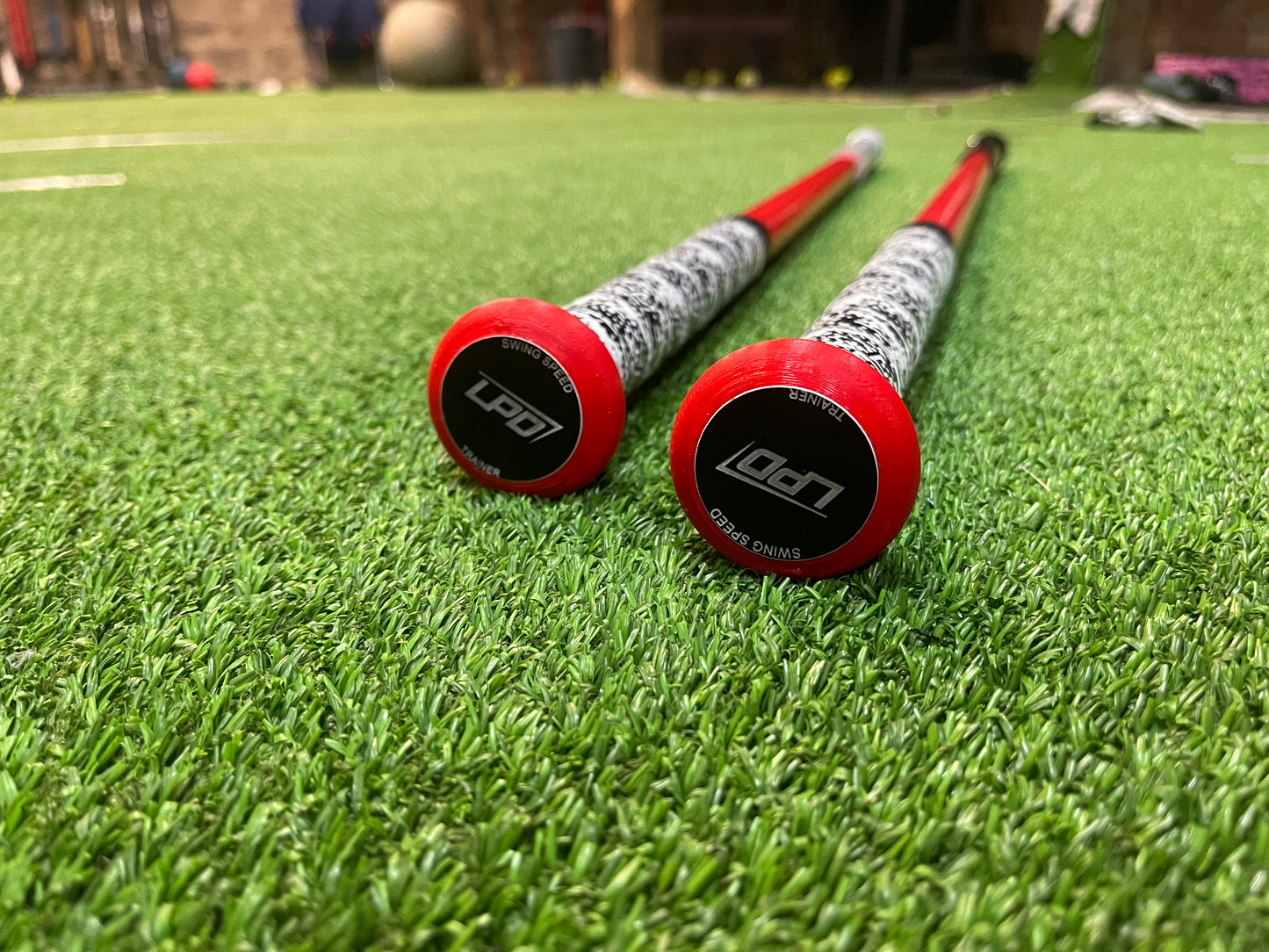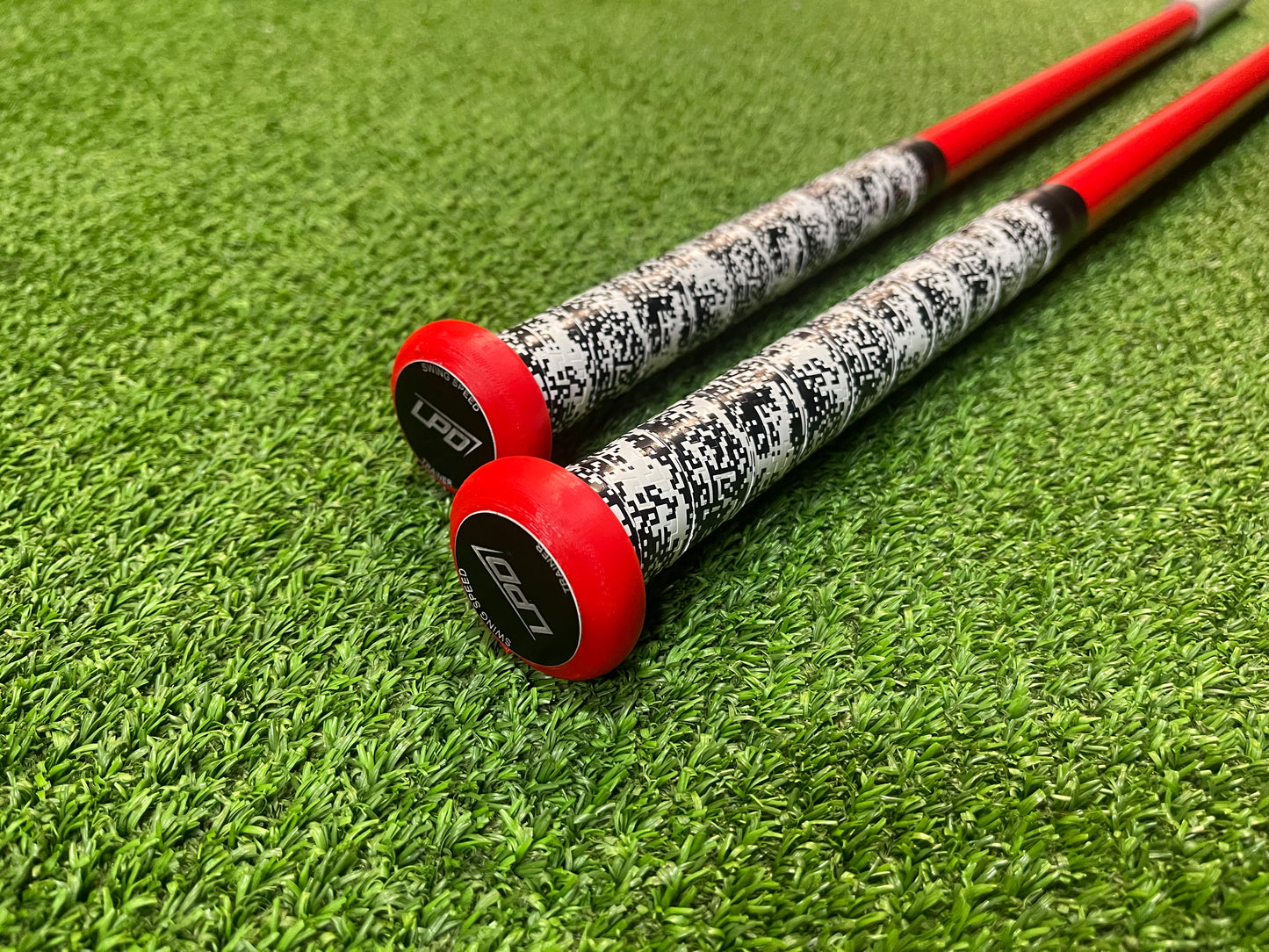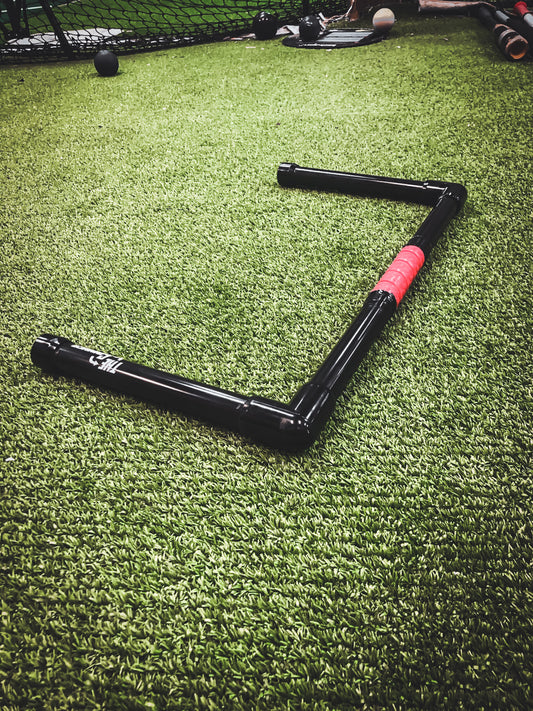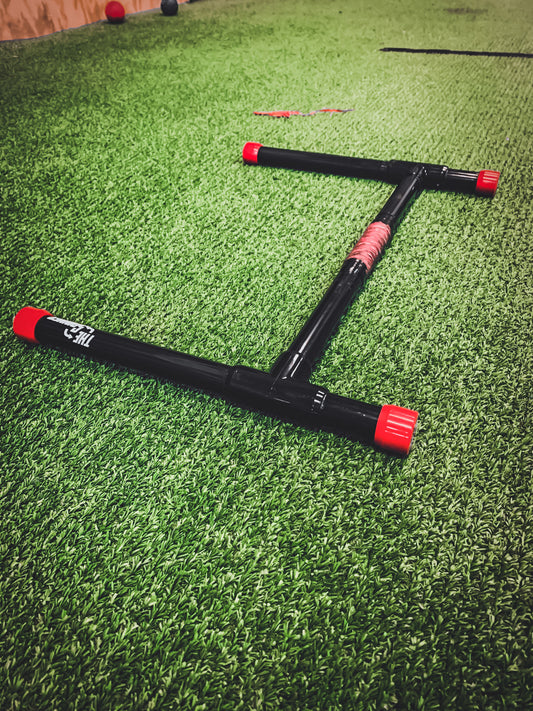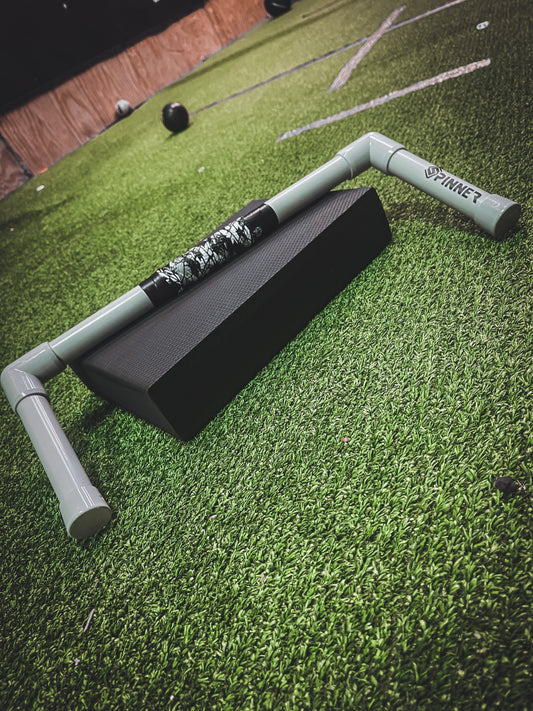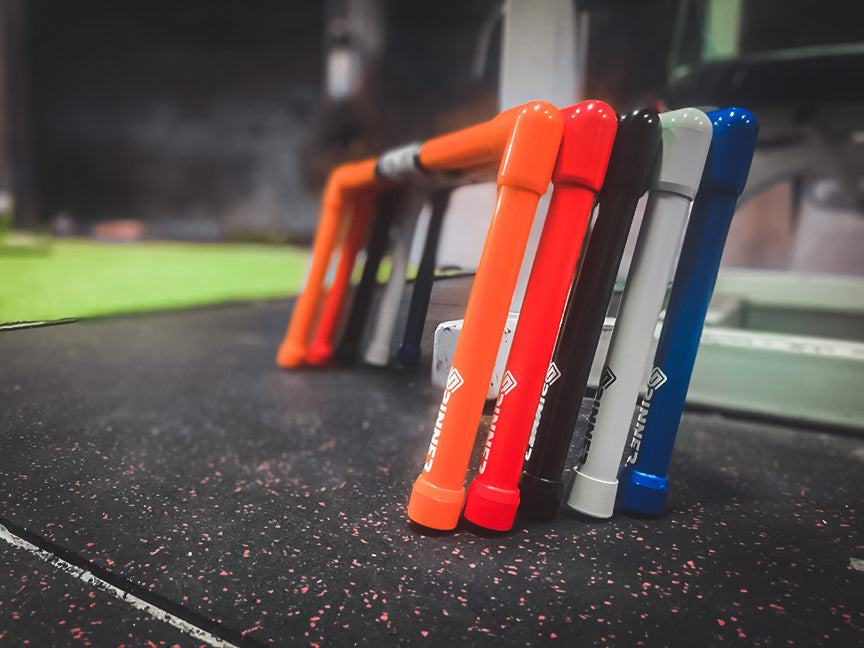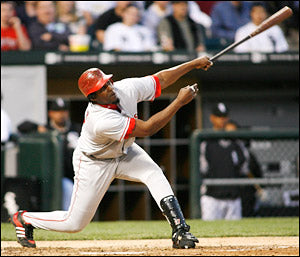Shohei Ohtani shown here warming up using Driveline wrist weights and plyocare balls ⛽️🔥 pic.twitter.com/vEfVRou8De
— Driveline Baseball (@DrivelineBB) March 7, 2023
What Are PlyoCare Balls?
Plyocare balls have been made popular by Driveline baseball, who has been on the cutting edge of player development for over a decade. They balls are simply rubber-coated weighted balls that are filled with a sand-like material. The weights range from 3oz to 4lbs with differing sizes

How Do I Organize Plyo Throwing Activities
Overload
We use the heavy Plyocare or "Overload" balls to achieve 2 main goals within our throwing program. The first is by using the overload plyos athletes can better organize their throwing mechanics at lower levels of intent and thus build up volume in their throwing program. Often times, when you start out throwing a lower intent levels you see an entirely different movement pattern emerge when using a standard baseball. By using the overload plyo, athletes organize throwing pattern in a similar way as their high intnent throwing patterns by forcing them to use their entire body from the ground up because of the added weight. Much different from the "arm only" guided throw of starting out with a standard baseball.
Which leads to the second point; because of the added weight acting as a constraint and eliminating any "inefficient" degrees of freedom in self organized throwing patterns, the athlete is guided into a more efficient and effective throwing pattern within their own movement, strength, mobility profile.
Athletes produce and feel movement in all sorts of different ways, with the overload plyocare balls this is only encouraging their system to organize in their own best way to produce and deliver force through their body and into the ball
When using overload plyo we typically like for our athletes to be no more than 600 arm speed using the Pulse Sensor to read their live arm speeds
Underload
Speed. That is the name of the game when it comes to underload plyocare balls. Once an athlete has built up to a healthy throwing volume and has thrown enough overload plyos to achieve an effecient throwing pattern for themselves, it is time to add speed and intensity to the equation.
For most of our athletes we operate at a 2:1 overload to underload plyocare ratio in their throwing activity design. Because of the lighter weight and higher levels of intent, this produces much more stress on the arm and we want to be very careful in how much underload volume we prescribe to the athlete.
A typical underload plyo will be thrown above 750 arm speed using a Pulse Sensor to read their live arm speed
Foundational Activities
Our foundational activities are designed to be the "foundation" of an athletes throwing pattern. Instead of giving the athlete direct instructions on how they should be moving, we try to guide them into a self organized pattern where the following throwing qualities emerge:
- Horizontal Abduction (Scap Retraction)
- On Plane Arm Action
- Hip Shoulder Separation
- Lead Leg Blocking
- Direction of Force
This set of throwing activities is made up of what most coaches are familiar with; pivot pickoffs, roll ins, rockers, janitors, and walkiing wind ups with all of their variations we like to add in just to further challenge the athlete to be effecient.
Again, "feels" will come in all shapes and sizes and are particular to the athlete. It is only a coaches job to foster curiosity and exploration of movement
Athletic Activities
If you have coached long enough, then you have definitely "domed up" an athlete or two. What does "domed up" mean? You simply made the athlete so internally conscious of their movement that have lost all feel and ability to just externall complete the task.
Typically, in my experience, once this happens the coach usually throws up their hands in disgust and tells the player "just go throw like an shortstop" and like magic, the player starts throwing the ball better because their are no longer thinking, they are just doing.
“Classical forms dull your creativity, condition and freeze your sense of freedom. You no longer ‘be,’ but merely ‘do’ without sensitivity” - Bruce Lee pic.twitter.com/kC3nNlsur5
— The Talent Equation ⚽️🏀🏈⚾️🎾🏐🏉🏑🏏🏌️♂️⛷️ (@stu_arm) March 17, 2023
In our athletic throwing activities, we don't wait for the athlete to get "domed up" to provide them with opportunities to throw like an athlete. We encourage them to do it a couple times a week within their plyocare throwing activities. These activities consist of but aren't limited to:
- 5 O'clock glove side plays
- 7 O'clock turn 2 plays
- 9 o'clock turn 2 plays
- QB Drop Backs
- 2nd base turn 2's (low arm slot)
- Whatever else your mind can imagine
Conclusion
Once our Plyocare activites are organized into Overload Foundation, Underload Foundation, Overload Athletic, Underload Athletic, and Overload/ Underload Hybrid (blend of both activities) it will be up to the athlete to execute their program consistently to enjoy the gains made through persistence and time.
If you would like to know more or would like custom built throwing program consider joining our VIP Remote Training Program --> HERE
